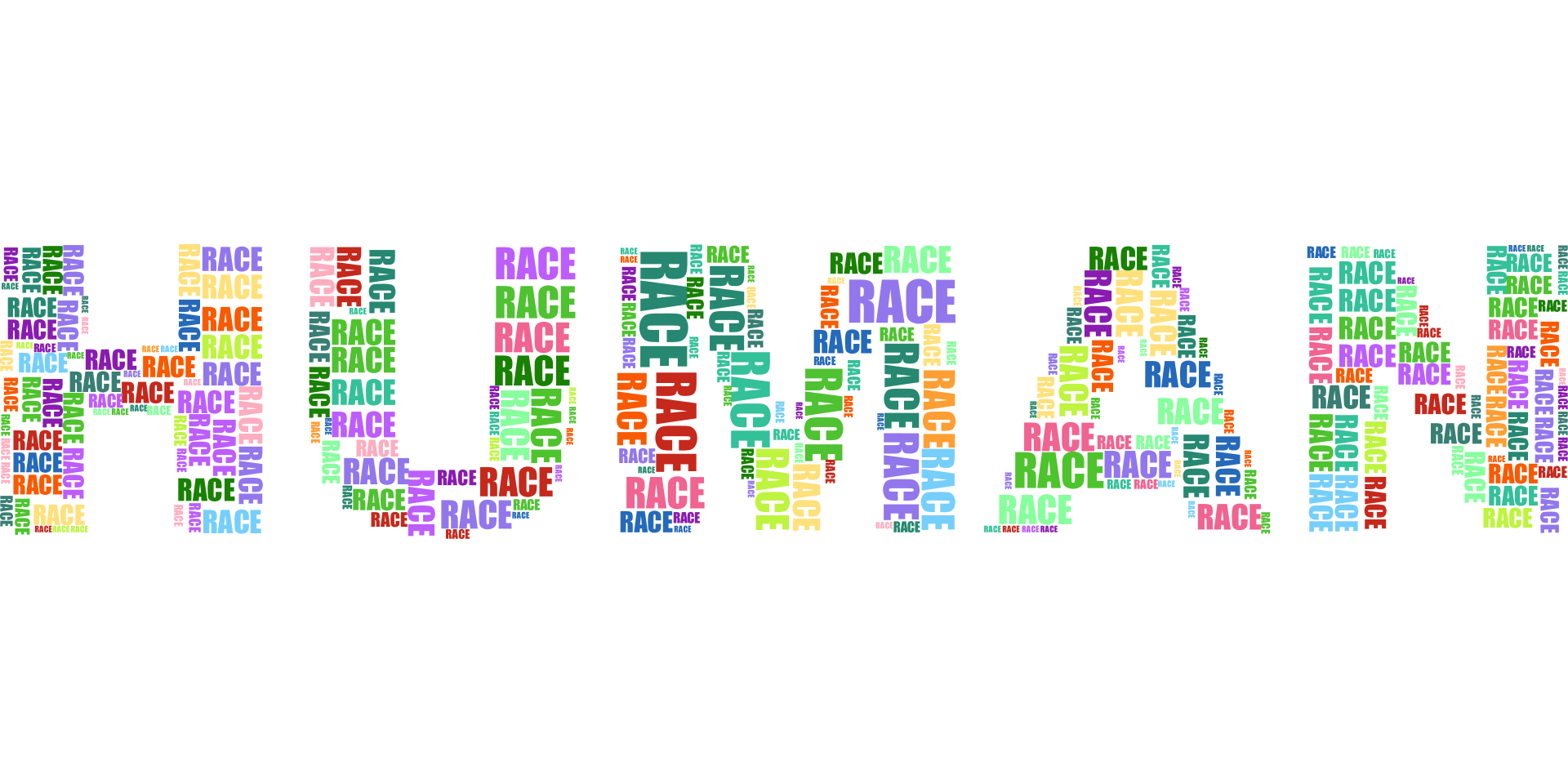
While March in Australia is peppered with days of Inclusion in Australia from raising equality with the LGBTI Community through Mardi Gras, International Women’s day, and International Women’s history Month - there is a day that sometimes gets lost in all the activity.
The 21st March is the United Nations International Day for Elimination of Racial Discrimination, commemorating the Sharpeville massacre — the horrific killing of 69 people peacefully demonstrating against apartheid in South Africa. Thankfully instances like Sharpeville are well behind us. However the intent of the demonstration and what people were marching for should still be remembered and continued.
In Australia, Companies, Schools and the community will acknowledge the day in the form of
Harmony Week from March 15-21.
Reflecting on my personal journey it made me think of what a day like this means to me. Born in Sri Lanka and migrated to Australia when I was two years old, made me child of two lands. My parents made a decision to bring me up in the Australia culture and community and with no link to my Sri Lankan heritage, language, or culture - the advice provided to them as new immigrants by people of influence in order to provide me greater success to assimilate in Australia in the early 70’s, a time in the shadow of the
End of the White Australia Policy.
So with my lovely Aussie accent, Aussie beaches and my Sri Lankan love of Cricket, I continue on with life. My resilience for direct and indirect racism grew and became sore memories and experiences that re-emerge as part of my drive at work to create an inclusive workplace and in my own time by advocating for inclusive, fair and welcoming communities over the years.
So are days like the UN’s International Day for Elimination of Racial Discrimination enough in current times?
The answer will be different from each of us – based on our world view, place in society and privilege encompassed in that invisible back pack/knapsack that we don’t know we have.
The common “text book” answer that sounds something like “you get better ideas when you bring a diverse mix of people together as opposed to people with similar backgrounds” whilst true needs to be questioned.
What does that mix look like in your company? If it is limited to a gender mix, what else are you missing out on?
While you might have a mix of visual culture in the room, are you getting the cultural sensitivities, insights and local knowledge which translate into higher quality outcomes for your target audience with less double handling?
Are you adopting a holistic cultural view?
•
Are you considering the impact of rolling out a global campaign with knowledge on how the language and optics will impact negativity and positively on your
international employee base?
•
Have you deliberated the timeframes and the delivery of projects with a Western lens, taking into account cultural and religious holidays.
•
When establishing global policies or processes, do you understood the impacts of any local laws on employee rights and productivity.
What can you do to capitalise on the benefits of a diverse workforce by leveraging inclusion?
•
What do you know about your workforce/human capital metrics - do you understand your cultural composition?
•
What programs, activities and policies do you have to address the retention and development of underrepresented groups?
•
Do you have organisational goals and strategies that include CALD EMPLOYEES?
•
What processes do you have to improve cultural insights to drive your strategy and messaging?
If you are thinking, how does this really provide a financial return? You may wish to read the
Missing Out Report by Deloitte . The report explores the business case for customer centric diversity and the opportunity for businesses that segment and market to their diverse customers.
That great line of “you can be what you can see” is often a question that is not addressed when it comes to culturally diverse groups. Taking actions that include the tapestry of culture, experience and conversation is a great first step in creating a truly inclusive workforce.
So as you enjoy Harmony Week, what are you going to do differently?